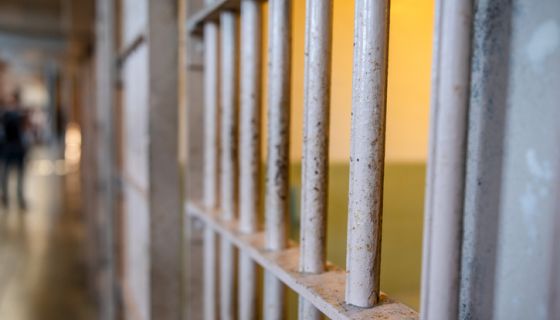AP Photo/Rich Pedroncelli
Racial disparities in state imprisonment rates dropped significantly during the first two decades of the 21st century.
That’s one of the main findings from a report published by one of us in late 2022, along with Georgia State University colleague William Sabol, for the Council on Criminal Justice, nonpartisan think tank.
But that headline decline tells only half the story. The narrowing is significant – down some 40% in the 20 years to 2020 – but Black people were still being imprisoned at 4.9 times the rate of white adults in 2020, compared with 8.2 times at the turn of the century.
Of equal concern to us, as Black Americans and scholars of criminal justice, is where the largest gaps exist in imprisonment rates once you break down the data. With a steep decline in the drug imprisonment gap between Black and white Americans – from 15 to 1 in 2000 to just under 4 to 1 in 2019 – the biggest racial disparity now exists among people incarcerated for violent felony offenses. These violent offenses cover a range of criminal behavior from rape to robbery to murder.
The Council on Criminal Justice report shows that states incarcerated Black people for violent offenses at a rate over six times that of white adults by 2019, the most recent year for which offense-specific data is available.
Both victims and offenders
It has long been accepted that the racial disparity in incarceration rates for drug offenses is the result of bias in the system. Black people do not use or traffic drugs more than their white counterparts. Rather, Black communities have borne the brunt of drug imprisonment because of discriminatory enforcement.
But this does not seem to be the case when it comes to felony violence. There is evidence to suggest that the relatively higher Black incarceration rates for violent crimes, especially homicides, are due to an overrepresentation of…
Read the full article here



